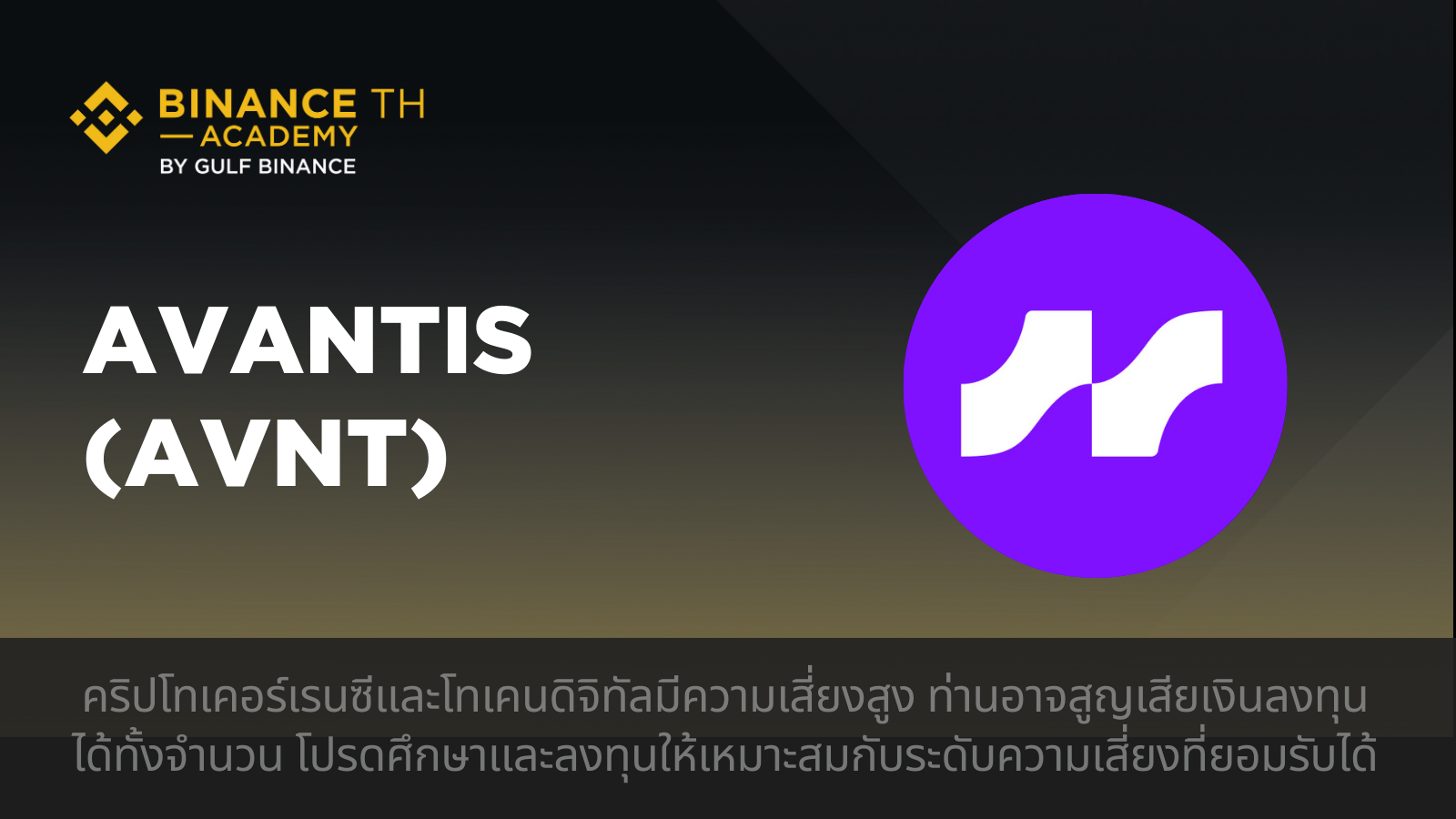What is Avantis (AVNT)?

Avantis is a decentralized exchange (DEX) for trading Perpetual Futures, built on the Base network, a Layer 2 on Ethereum.
The platform supports leveraged trading not only in crypto assets but also in real-world assets (RWAs) such as Forex, commodities, and index funds.
What are Perpetual Futures?
Perpetual Futures are contracts that allow users to trade on the price of an asset without owning it directly. Unlike traditional Futures, they have no expiration date, meaning users can keep positions open as long as sufficient collateral is maintained.
These contracts typically use stablecoins as margin, and leverage allows traders to control larger positions with smaller deposits amplifying both profits and losses.
For example, if a user has $1 and buys Token A at $0.5, they can get 1/0.5 = 2 Token A. But if they use 10x leverage, it means the user is entering a contract with a position size of $10 at the current price. This means they will hold 10/0.5 = 20 Token A. When the price goes up, the user gains 10 times more profit. But when the price goes down, the losses also multiply at the same rate. Once the price hits the liquidation point, the position will be forcefully closed.
How Avantis Works
Vaults and Liquidity Providers
To power perpetual and leveraged trading, Avantis relies on liquidity from vaults denominated in USDC.
Traders deposit USDC as collateral to open leveraged positions. Liquidity providers (LPs) supply USDC to the vaults, supporting trading activity. LPs earn returns from trading fees and trader losses.
Avantis splits vault deposits into tranches, letting LPs choose their risk level:
Senior tranches:
Lower risk, steady but smaller returns.Junior tranches:
Higher risk, potentially higher rewards.
This structure allows investors to match their exposure with personal risk tolerance.
Keeper Fees
Avantis operates fully on-chain, meaning every trade action requires blockchain transactions.
When traders open or close positions, they must pay fees to Keeper Bots decentralized bots that broadcast transactions and execute orders as defined by the smart contracts.
Keeper fees are dynamic, recalculated in real-time based on network conditions (e.g., gas prices). This prevents overpayment and ensures smooth execution for both traders and keepers.
Oracle System
Since Avantis does not maintain its own order book, it relies on external oracles for reliable price feeds, combining
Pyth Network:
Real-time, low-latency price updates.Chainlink:
Decentralized fallback oracle.
Before executing a trade, Avantis cross-checks both oracles. If price discrepancies exceed 5%, the transaction is canceled protecting traders from unfair pricing and ensuring execution at trustworthy market rates.
Key Features of Avantis
1. Zero-Fee Perpetuals (ZFP)
Users trade without paying upfront fees. Instead, fees are collected only when trades are profitable.
Example, If a trader opens a leveraged ETH position and loses, only the market loss is incurred no extra fees. If profitable, a small share of gains is collected as fees, while the majority of profits remain with the trader.
This model is particularly attractive for high-leverage or short-term strategies, where traditional fees usually accumulate quickly.
2. Loss Rebates
Loss rebates incentivize traders who take the less popular side of the market.
For example, if most traders go long while a user goes short, they may receive a rebate that reduces their loss if the trade fails. This mechanism balances long and short positions, reduces LP risk, and enhances market stability.
3. Revenue Distribution
Trading fees collected on Avantis are distributed between
Liquidity providers receive 60%:
of collected fees as compensation for supplying the capital that supports trading.protocol treasury 40%:
which funds initiatives such as trading incentives, competitions, and insurance for the vaults.
This ensures LPs are rewarded for the risks they take, while also securing resources to sustain long-term platform development.
Risks and Considerations
For Liquidity Providers:
Supplying USDC to vaults is not risk-free. Profitable traders may reduce LP returns, and smart contract vulnerabilities (despite audits) remain a possibility.For Traders:
High leverage magnifies both profits and losses, making positions highly volatile. RWAs such as Forex and commodities can also experience price gaps during market openings, causing stop-loss or take-profit orders to execute at unexpected levels.
Avantis Token (AVNT)
The AVNT token is the native asset of the Avantis ecosystem, serving multiple roles within the protocol. It enables governance, where holders can vote on key decisions such as upgrades, fees, or new product launches. AVNT can also be staked in the Avantis Security Module (SM) to protect liquidity providers in the event of major shortfalls. In return, stakers earn rewards and enjoy trading fee discounts, though they must accept the risk of slashing, where a portion of their staked tokens may be forfeited.
In addition, Normal staking AVNT provides fee discounts across both fixed-fee and Zero-Fee Perpetuals (ZFP) trades, directly aligning token utility with trading activity. Holders who stake are also eligible for larger allocations in future airdrops or loyalty programs, encouraging long-term participation and commitment to the platform’s growth.
Token Distribution
Onchain Incentives: 28.6%
Investors: 26.6%
Team & Advisors: 13.3%
Airdrop 1: 12.5%
Other: 19%
Max supply: 1 billion AVNT, Circulating supply: 258.2 million AVNT
Conclusion
Avantis is a decentralized exchange that combines perpetual futures trading and structured liquidity into one platform.
With innovations such as Zero-Fee Perpetuals, a dual-oracle pricing system, and incentives like Loss Rebates, the protocol is designed to make leveraged trading more efficient and balanced.
However, both leveraged trading and liquidity provision carry significant risks. Participants should carefully evaluate these risks and only invest funds they can afford to lose.
